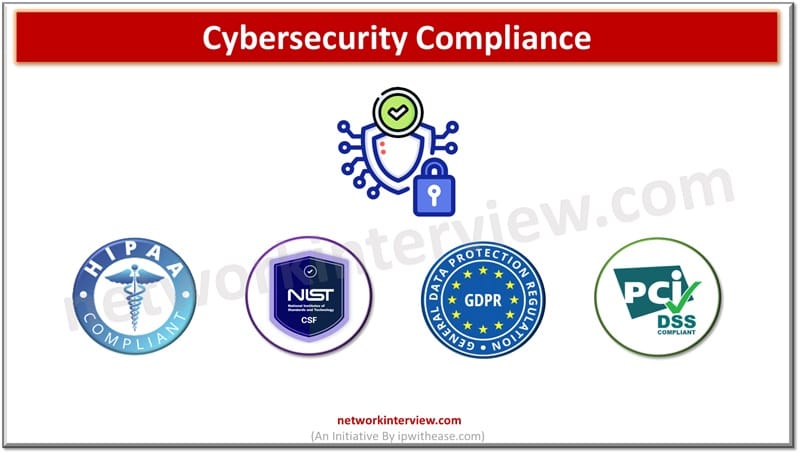
Cybersecurity Compliance: What You Need to Know in 2025
A resilient approach towards security and protection of digital assets is the need of the hour. The approach focuses on protection of hardware infrastructure and business applications to eliminate all vulnerabilities which could impact organizations, customers, and other stakeholders. Businesses which comply with these obligations are termed as trustworthy, and mature in the industry landscape.
In today’s topic we will learn about cybersecurity compliance, what is cybersecurity compliance and why it is needed?
What is Cybersecurity Compliance?
Cybersecurity compliance is adherence to a set of regulations and standards which provide protection against cyber threats. Implementation of various security tools and controls such as firewalls, intrusion detection and prevention systems, Anti-malware, encryption and patching and updates combined together is a cybersecurity compliance discipline.
Prevention of data breaches and maintaining customer trust is crucial for business and they need to continuously evaluate their security posture and implement a risk governance approach to meet regulatory requirements. Regular monitoring and assessment ensure better risk appetite.
Cybersecurity Compliance Significance
Cybersecurity compliance ensures organization commitment to protect confidentiality, Integrity and availability of data in their possession. Safeguarding personal and sensitive data require alignment to regulatory bodies with stringent requirements related to data security such as PCI-DSS (For banking industry), General data protection regulation (GDPR), National institute of standards and technology (NIST), Health portability and accountability act (HIPAA).
All organizations have a digital attack surface which is consistently increasing due to expansion of the IT landscape beyond four walls of the organization. Access to critical information, personal in nature such as email address, bank accounts, cardholder data etc. make organizations vulnerable to cyber-attacks. Cybersecurity compliance ensures organizations operate legally with protection of its resources. Lack of compliance to cybersecurity standards lead to fines which hit the company’s bottom line.
Types of Data Subjects Require Cybersecurity Compliance
- Personal Identifiable Information (PII) – A piece of information which could help in identifying a data subject uniquely. PII may include first name, last name, address, PAN card number, social security number etc.
- Personal Health Information (PHI) – is related to individual health and its corresponding records. This may include insurance number, claim number , health care tests / records.
- Financial Information – bank accounts, credit and debit card numbers , funds , investments etc.
Benefits of Having Cybersecurity Compliance
All organizations require to have a cybersecurity governance program to adhere to regulations and comply with industry specific information.
- Protecting reputation and trust – Most valuable asset of any organization is its reputation and brand value. Adherence to regulatory frameworks and compliances help businesses to attract and retain customers
- Smooth business operations and bottom line – if data is safe business will operate smoothly with solid bottom line
- Keeping away from fines – regulatory non-compliances are costly and come at a hefty price. For example, GDPR fines are as large as 4% of your annual turnover or more depending on the violation.
Cybersecurity Program
To setup cybersecurity compliance organizations required to undergo a set of steps as under:
- Type of data and its requirements – the very first step here is to identify what all types of data is handled by organization, locations it operates from, and what regulations are applicable in those geographies.
- Define cybersecurity team and compliance team – setup a cybersecurity and compliance team led by CISO and expert from other teams as well such as operations, product , security etc
- Perform risk assessment – once type of data is identified , the next step is to identify the vulnerabilities and cyber risks. Risk tolerance, BCP and DR requirements
- Implement technical security controls – once you have determined your risk tolerance level in the business next step is to implement technical controls. Such as firewall, encryption etc
- Create and deploy security policies – document policies and guidelines and get them evaluated with regular audits (Internal and external).
- Monitor and respond – cybersecurity compliance is a continuous process as threats are evolving so our infrastructure needs to grow in the same manner. Good monitoring and response management systems ensure proactive management of cyberthreats.
Tag:Security



